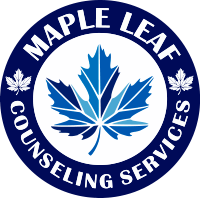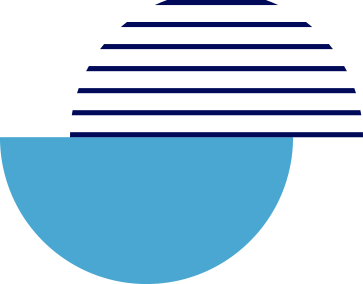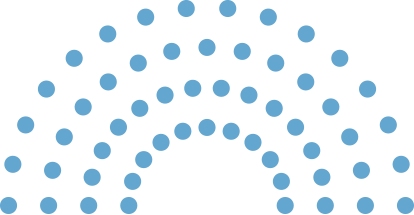Schizoaffective disorder is a serious mental health condition that combines symptoms of schizophrenia and mood disorders such as depression or bipolar disorder. Understanding the difference between hallucinations and delusions, which are key indicators of schizoaffective disorder, is crucial for recognizing symptoms early and seeking appropriate treatment.
Take the first step toward the management of symptoms and improved mental health today. Call 989.220.3060 or contact Maple Leaf Counseling online for information about our schizoaffective disorder treatment program and how we can help.
What Is Schizoaffective Disorder?
Schizoaffective disorder is a mental health condition that includes symptoms of both schizophrenia and mood disorders. It is important to recognize this condition early to provide the right treatment and support to those affected. Schizoaffective disorder can severely impact daily life, so understanding its key indicators is very important.
Schizoaffective is relatively rare, with a lifetime prevalence of only 0.3%. Men and women experience schizoaffective disorder at the same rate, but men often develop the illness at an earlier age.1
Hallucinations vs. Delusions Understanding the Difference
Hallucinations are sensory experiences that appear real but are not. They can affect all five senses—hearing, seeing, tasting, smelling, and feeling. For example, someone might hear voices that others do not hear or see things that are not there.
Delusions are strong beliefs that are not based in reality. They often involve misinterpretations of perceptions or experiences. For instance, a person might believe they have special powers or that they are being persecuted when there is no evidence to support these beliefs.
Understanding these differences helps in identifying schizoaffective disorder symptoms more accurately.
Common Types of Hallucinations
- Visual hallucinations involve seeing things that aren’t there, such as people, shapes, or lights.
- Auditory hallucinations are hearing sounds or voices that others do not hear.
- Olfactory hallucinations are smelling odors that are not present.
- Tactile hallucinations involve feeling sensations on the skin that aren’t there.
These hallucinations can be very distressing and confusing for the person experiencing them.
Common Types of Delusions
- Persecutory delusions involve the belief that one is being targeted, harassed, or conspired against.
- Grandiose delusions involve believing one has extraordinary abilities, wealth, or fame.
- Referential delusions involve believing that certain gestures, comments, or environmental cues are directed at oneself.
These strong beliefs can greatly affect a person’s ability to function in everyday life.
Indicators of Schizoaffective Disorder
- Mood disorders include symptoms of depression or bipolar disorder, such as extreme sadness or manic episodes.
- Thought disorder involves disorganized thinking, making it hard to communicate or stay on topic.
- Behavioral changes include withdrawal from social activities, neglect of personal hygiene, or odd behavior.
Recognizing these indicators early can lead to better treatment outcomes.
The Importance of Seeking Treatment
Early diagnosis and treatment are critical for managing schizoaffective disorder. Treatment often includes medication, therapy, and support from healthcare professionals. Without proper treatment, the symptoms can worsen and significantly impact the individual’s quality of life.
Treatment Options for Schizoaffective Disorder
Medications such as antipsychotics, mood stabilizers, and antidepressants are often prescribed to manage symptoms. Therapy, including cognitive-behavioral therapy (CBT), can help individuals understand and manage their symptoms. Support Groups provide a community of individuals facing similar challenges. Combining these treatments can lead to better outcomes for those with schizoaffective disorder.
Why Early Intervention Matters
Early intervention can prevent the progression of schizoaffective disorder. It can also improve the individual’s ability to function in daily life. The sooner the treatment begins, the better the chances of managing the symptoms effectively.
Coping Strategies for Individuals and Families
- Educating oneself about the disorder helps in understanding what the individual is going through.
- Creating a supportive environment involves encouraging open communication and providing emotional support.
- Building a routine can help the individual manage their symptoms and stress levels.
These strategies can make a significant difference in the individual’s recovery process.
Contact Maple Leaf Counseling for Compassionate, Effective Schizoaffective Disorder Treatment Now
Understanding the difference between hallucinations and delusions and recognizing the indicators of schizoaffective disorder can make a significant difference in seeking timely treatment. Early intervention, combined with appropriate medication and therapy, can improve the quality of life for those affected. If you or someone you know shows signs of schizoaffective disorder, seek professional help immediately. For further resources and information, call 989.220.3060 or contact Maple Leaf Counseling online today.
SOURCE:




